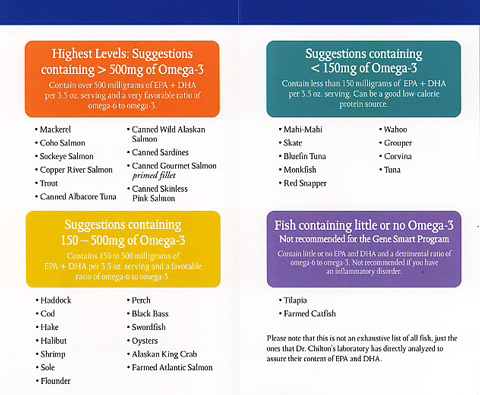My most recent post here reviewed a new study indicating that resting after meals is hard on the pancreas, could lead to diabetes, and could make existing diabetes worse. This is an interesting hypothesis and one that you can check out yourself.
But one of my correspondents suggests that the results might be related to the fact that overweight people who overeat at a meal are more likely to lie down. “Edgy thin people probably jog instead,” she says.
That’s a good suggestion, and I’m not sure that the authors of the new study controlled for weight. But now comes a closely related study that indirectly offers support for the hypothesis that lying down after we eat isn’t a good idea.
People in China in the 50s and over who regularly take naps after a meal increase their risk of diabetes by 28 to 36 percent, according to a study just published in Sleep, the official publication of the Associated Professional Sleep Societies, a joint venture of the American Academy of Sleep Medicine and the Sleep Research Society. The authors of the study are associated with universities and hospitals in China and the U.K.
Correlation, of course, doesn’t prove causality. It is suggestive and may be a good suggestion to follow, because the only downside is probably being a bit tired, which in fact could lead to a better night’s sleep. Anyway, a little jog after a meal will do a lot more to reduce blood glucose than lying down ever will.
The authors of the study that I review last week are in Kazakhstan and Ukraine, while the new study is China-based. Some of the most interesting research on diabetes now seems to be coming from countries that hadn’t been at the forefront of diabetes research. This Internet age seems to be leveling the playing field.
This article is based on an earlier version of my article published by HealthCentral.

